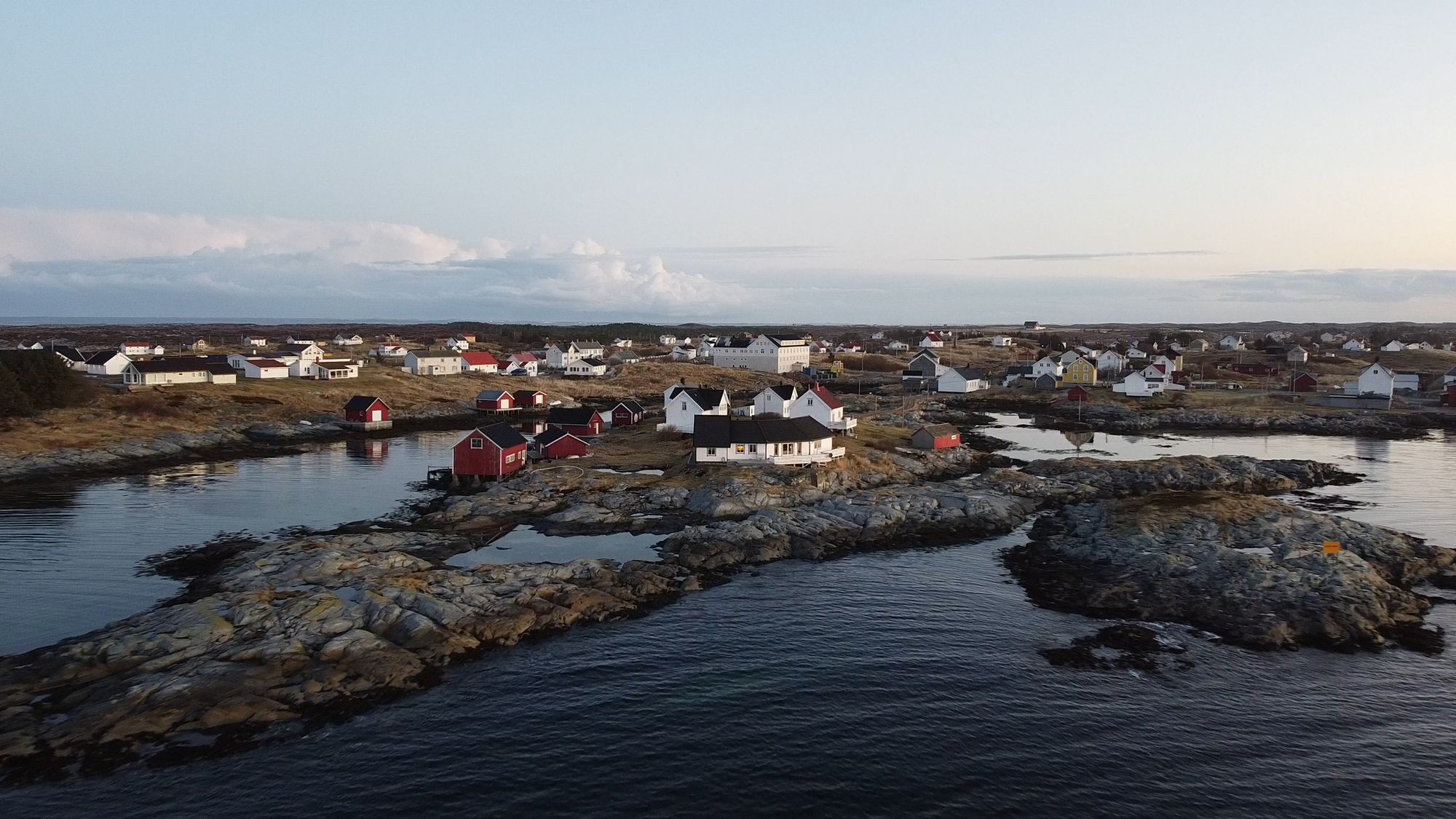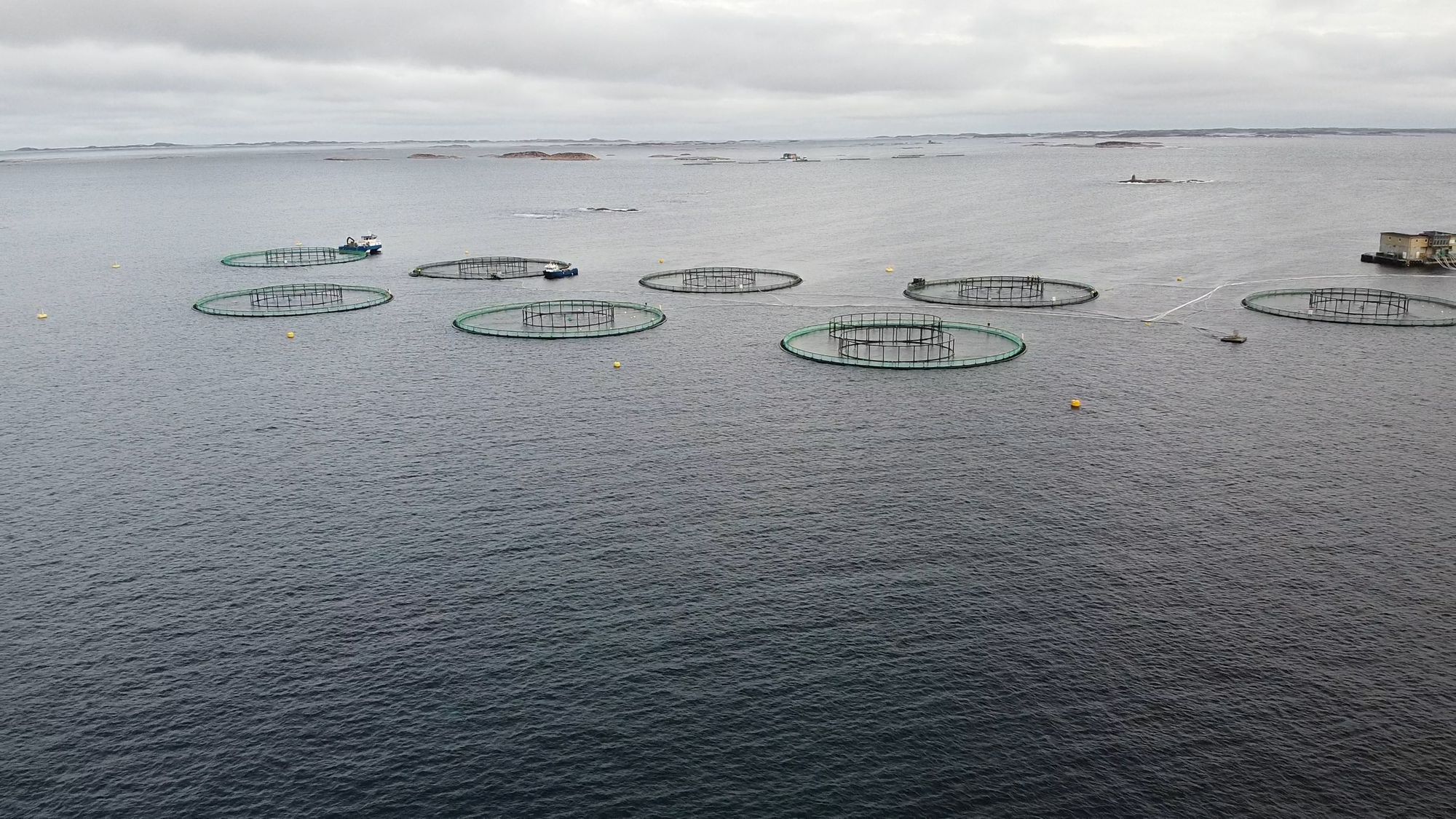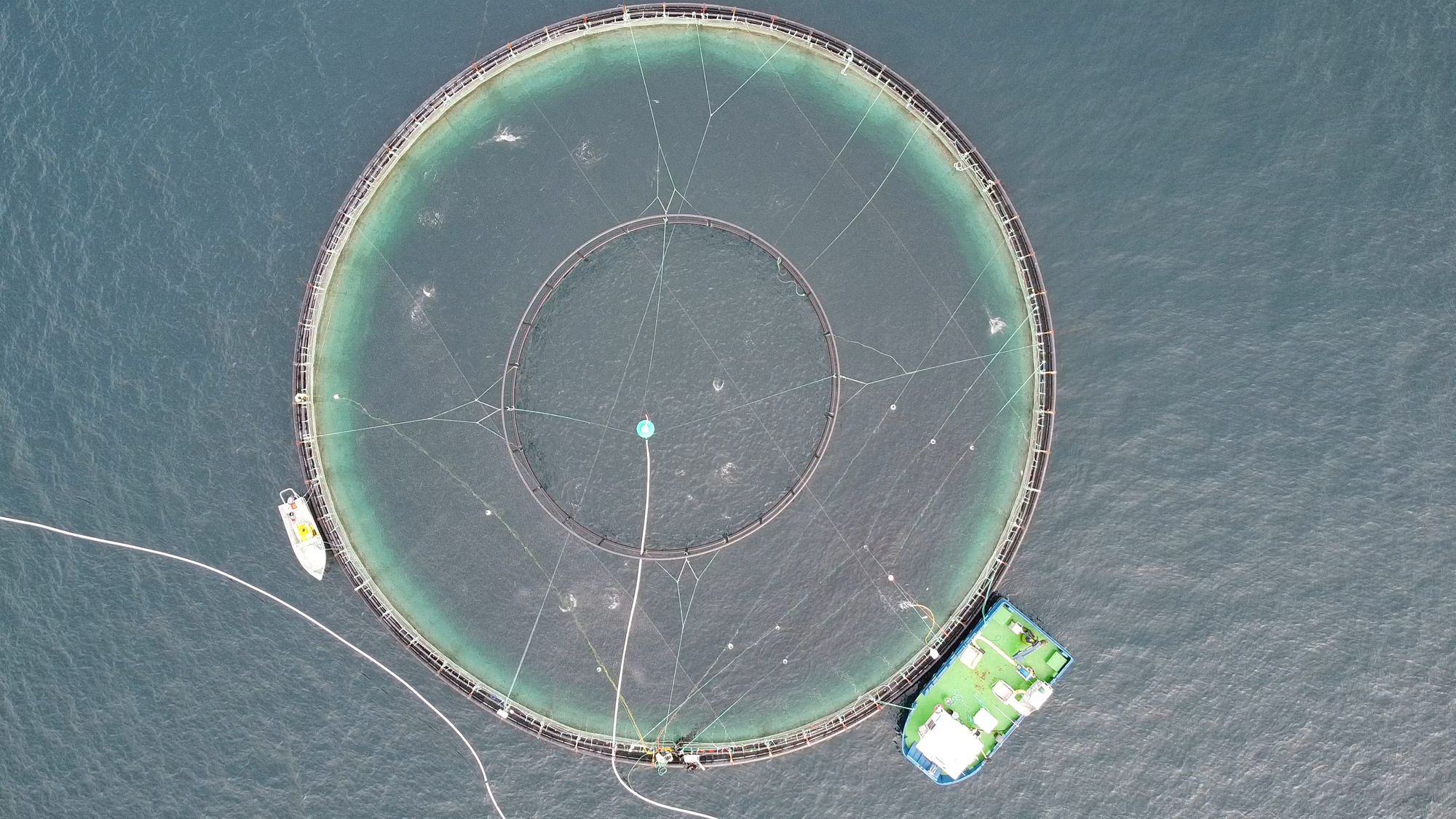In January, I visited the remote island of Frøya in western Norway: population 4,962. It was a many-hours drive from anywhere, just off the coast and beyond the protection of the fjords — home of the PrimeWaters salmon we now offer.
It’s salmon raised right, without antibiotics or growth hormones, and, in my opinion, in one of the most sustainable ways possible.

I’m in love with seafood, and salmon is probably my favorite fish. A good quality salmon fillet doesn’t need much more than a pinch of salt and 15 minutes in the broiler to create a satisfying meal.
I also feel great about it because I know it’s one of the healthiest foods. Salmon is packed with vitamin B12, vitamin D, potassium, iron and other essentials, and, to me, is the king of heart-healthy omega-3 fatty acids (which are also important for brain function, eyesight, inflammation and more).
However, when it comes to salmon and any other seafood, whether it’s wild-caught or farm-raised, it’s important to know that what I’m eating is sustainable. I want salmon, but none of the guilt or baggage associated with bad practices. I need to know the fish I’m eating was raised right.

Choosing the “right” salmon is not a matter of choosing farm-raised or wild-caught. It’s a matter of knowing it was raised right.
Fact: Just knowing that your fish was wild-caught or that it was farm-raised does not tell you anything about whether it is sustainable. There’s a right way to do wild-caught (and a wrong way) and there’s a right way to do farm raised (and wrong way).
How do you know if your “wild-caught” salmon is good or not?
Natural fish populations around the world are in a state of decline. Today, more than 89% of the world’s fisheries (natural areas in the oceans where various fish populations live) are already fully exploited or overfished.
Therefore, if you purchase wild-caught salmon, you should know who caught your fish and that the fishery they are a part of is carefully managed, regulated and monitored — with practices in place to protect both the environment and the fish populations the local fishermen are a part of.
For wild-caught seafood, this is why we’re proud to offer Copper River Sockeye Salmon, Coho Salmon and Black Cod from Rich Wheeler of Sena Sea, a leader in his community of Cordova — a sustainable fishery in Alaska. For Sena Sea, it’s a system managed in partnership with the Alaska Department of Fish and Game, who, among other things, allow a limited number of commercial fishing licenses to be used only by individuals that actually fish in their own boats — not companies. They use sonar to monitor salmon counts daily, and strictly regulate which days are open to fishing. It’s a small community where families live year-round and look after each other — and who work hard to make sure there is a healthy salmon run year after year. This is their livelihood so they depend on it.
How do you know if your “farm raised” salmon is good or not?
The world’s population is expected to grow to more than 9 billion people by 2050, and without farm raised seafood, there is simply no way to keep up with the demand for seafood without putting pressure on natural fisheries that are already fully exploited.
Meanwhile, salmon can be raised via aquaculture (fish farming) efficiently with a low feed conversion rate and a relatively low carbon footprint.
For PrimeWaters on Crowd Cow, sustainable salmon farming means:
- Salmon are raised without antibiotics
- Growth hormones are never used. Not in the feed, not in the habitat.
- Enclosures are kept to 2.5% fish and 97.5% water.
- Sea farms are located beyond the fjords, closer to the open ocean natural environment (and constantly moving water) that represents the salmon’s natural habitat.
- All life forms near the fish farm are scanned and indexed before, during and after salmon are raised to ensure no significant impact to natural marine ecosystem.
- Underwater cameras are used to monitor feeding to ensure that no feed goes to waste.
- When harvested, no bleach, citric acid or organization is used to clean the fish. The cold, clean waters off this remote Norwegian coast produce clean and healthy salmon that do not require it.


After driving along hours of empty coastline, and traveling 40 minutes in a small metal fishing boat to reach the tiny area where the 13 circular floating nets on the farm we visited are situated, the small scale reminded me of any one of our small family-run cattle farms in Washington, Oregon or upstate New York.
What is truly remarkable about this, aside from the salmon being raised without antibiotics or growth hormones, is how incredibly efficient the system is. Each net is capable of producing over 2,000 cows worth of nutritious, delicious protein every year. In other words, these 13 nets are capable of producing more than 26,000 cows worth of meat.
When it’s raised right, farmed salmon is an important part of a sustainable future of food and an important part of the sustainability of our ocean’s natural fisheries, too. Ready to try it? Get your Norwegian Atlantic Salmon today!